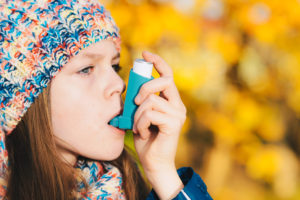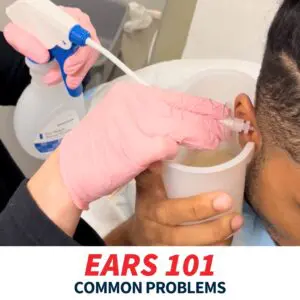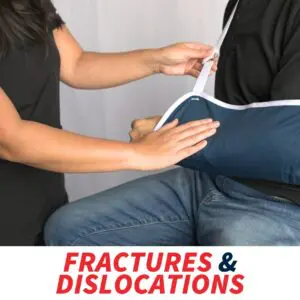Fall May Cause Worsening Asthma Symptoms in Children
 Having a child with asthma requires more precaution in ensuring he or she does not experience any issues that could result in an attack. Unfortunately, the fall season brings about many changes that could exacerbate the asthma, but most commonly, it is thanks to the increase in viral infections that are easily spread in the closer proximities of schools.
Having a child with asthma requires more precaution in ensuring he or she does not experience any issues that could result in an attack. Unfortunately, the fall season brings about many changes that could exacerbate the asthma, but most commonly, it is thanks to the increase in viral infections that are easily spread in the closer proximities of schools.
Studies have shown that over 80% of asthma attacks are due to respiratory viruses. Typically, the child will come down with an upper respiratory infection that then may spread to the lower airways. Once in the lower airways, inflammation occurs, obstructing the airways that are much more reactive in those with asthma.
Helping your child prevent an asthma attack during the fall and winter seasons is much the same as helping prevent the spread of illness. Encourage them to wash their hands thoroughly and regularly and instruct them to keep hands away from their noses, mouths, and eyes where the viruses can easily make their way into the body. Also, try to avoid areas with a large number of people as much as possible outside of school. As a backup, ensure they always have an albuterol MDI as this will typically provide immediate relief from the wheezing and coughing due to an asthma attack. If your child has a more severe form of asthma, he or she will require a corticosteroid medication administered via inhaler. Any treatment plan should be discussed with your doctor to help manage symptoms of asthma on a regular basis, and help prevent future asthma attacks.
The viruses and illnesses during fall and winter are not fun for anyone, but can be dangerous for those who have been diagnosed with asthma. Taking the proper safety precautions and preventative measures may help to ensure any issue does not become worse. If you believe your child may have asthma and requires diagnosis and treatment, or has come down with an illness somewhat affecting his or her airways, visit us today. If the child is experiencing difficulty breathing or other dangerous symptoms, he or she should be taken to an emergency room immediately.




